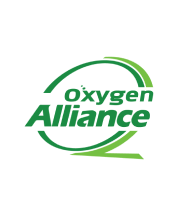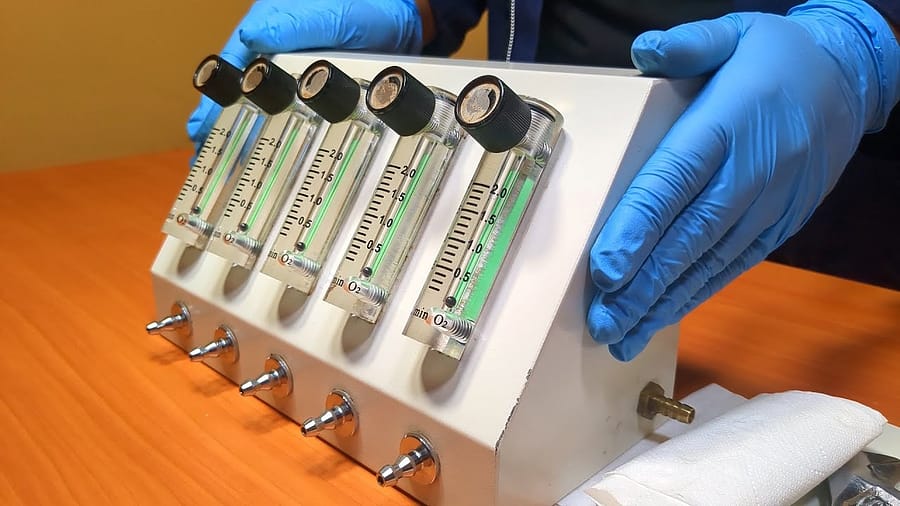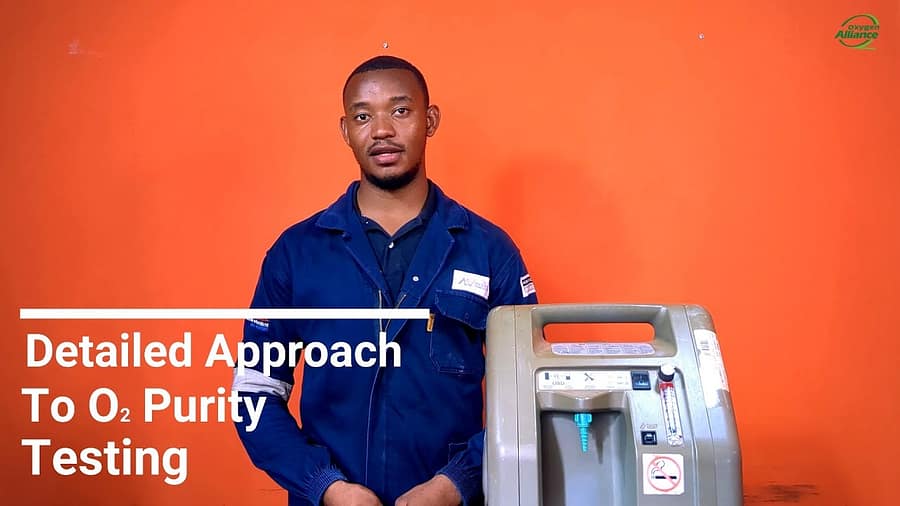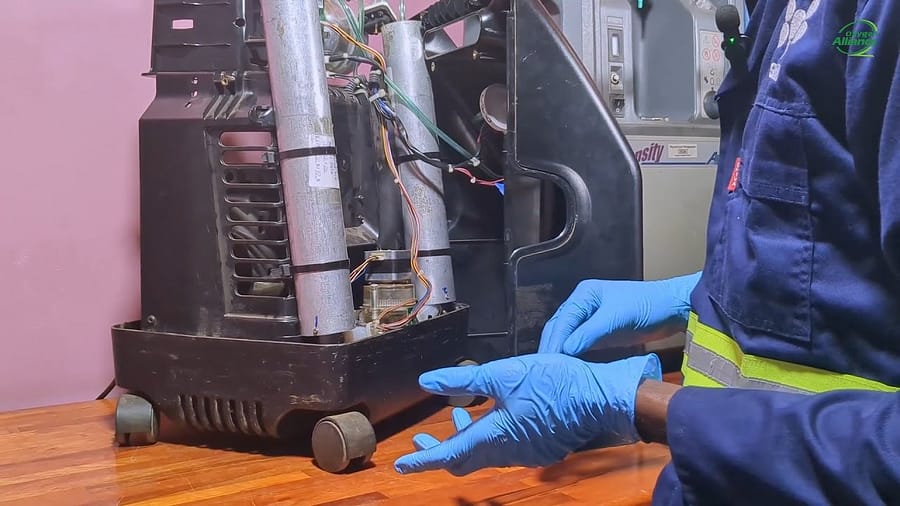On this year’s World Oxygen Day, the call to action is louder than ever. Medical oxygen is not just a critical treatment—it is a lifeline across multiple health targets in the Sustainable Development Goals (SDGs). Whether for newborn survival, safe surgery, or managing chronic respiratory diseases, oxygen is the common denominator for saving millions of lives, and yet, access remains alarmingly insufficient in many low- and middle-income countries, where health systems face severe equipment shortages and a dire lack of technical personnel.
A Grim Snapshot: The State of Oxygen Equipment in LMICs
The latest situational analysis conducted by the Oxygen Alliance paints a stark picture. Across 49 hospitals surveyed, the data shows that more than half of the oxygen concentrators and sterilizers are broken, and 29.39% of the oxygen concentrators tested are producing substandard oxygen levels, far below the recommended 82% purity. These failures have life-threatening consequences, especially for patients undergoing surgery or treatment for respiratory illnesses like pneumonia and COPD.
Even more concerning is the biomedical engineering crisis. On average, there are only 0.79 biomedical engineers per 100 hospital beds, making it nearly impossible to keep up with the equipment repairs needed to sustain safe medical practices. Of the 134 biomedical engineers in total, a significant proportion are technicians, leaving hospitals without the expertise needed for complex repairs. Without immediate investment in the biomedical workforce, millions will continue to be left without access to critical life-saving equipment.
Oxygen’s Role in Achieving the Health SDGs
Medical oxygen is essential in achieving Sustainable Development Goal 3—Good Health and Well-being, a need that stretches across newborn care, surgical safety, and the management of chronic diseases such as Chronic Obstructive Pulmonary Disease (COPD). Every expert at the June 2024 High Stakes Conversations emphasized that oxygen access is central to eight out of the nine health conditions targeted by the SDGs. However, with almost all countries off track to meet these health targets by 2030, urgent steps must be taken to improve medical oxygen availability.
Dr. Chinyere Ezeaka from Lagos University pointed out that low oxygen levels are the most common cause of death in newborns, especially those suffering from respiratory distress or infections like pneumonia. This illustrates the profound impact of the oxygen gap on SDG 3.2—ending preventable deaths of newborns and children under 5 years old.
Meanwhile, in surgical settings, as emphasized by Dr. Arthur Kwizera from Makerere University, 80% of the global need for medical oxygen during surgery is unmet in low-resource settings. Without a reliable supply of oxygen, safe surgery becomes nearly impossible, derailing efforts to meet SDG 3.8—achieving Universal Health Coverage.
Finally, Mike Hess of the COPD Foundation highlighted the growing need for home oxygen therapy as COPD cases surge to a projected 600 million by 2050. In high-income countries, patients have access to home oxygen therapy through electric concentrators and cylinder deliveries. But in many low-income regions, oxygen remains scarce and inaccessible, preventing any meaningful progress on SDG 3.4, which seeks to reduce premature deaths from non-communicable diseases.
The Path Forward
It’s time for the global community to make a decisive move toward resolving the oxygen crisis. Investing in biomedical engineering education and expanding repair services must be at the forefront of efforts. For oxygen access to be sustainable, hospitals in low-income countries need not just new equipment, but the means to maintain and repair it.
World Oxygen Day 2024 presents an opportunity to align global efforts, raise awareness, and push governments and healthcare leaders to act. With over 15,000 beds and 1,100 oxygen concentrators analyzed, the message is clear: The oxygen gap can only be closed through coordinated efforts to repair broken equipment, train a new generation of engineers, and ensure that oxygen is available for every patient in need.
This World Oxygen Day, let’s champion sustainable solutions that will save lives, achieve SDG 3, and build resilient health systems for all.
#WorldOxygenDay #SustainableDevelopmentGoals #GlobalHealthCrisis #MedicalOxygen #BiomedicalEngineering








